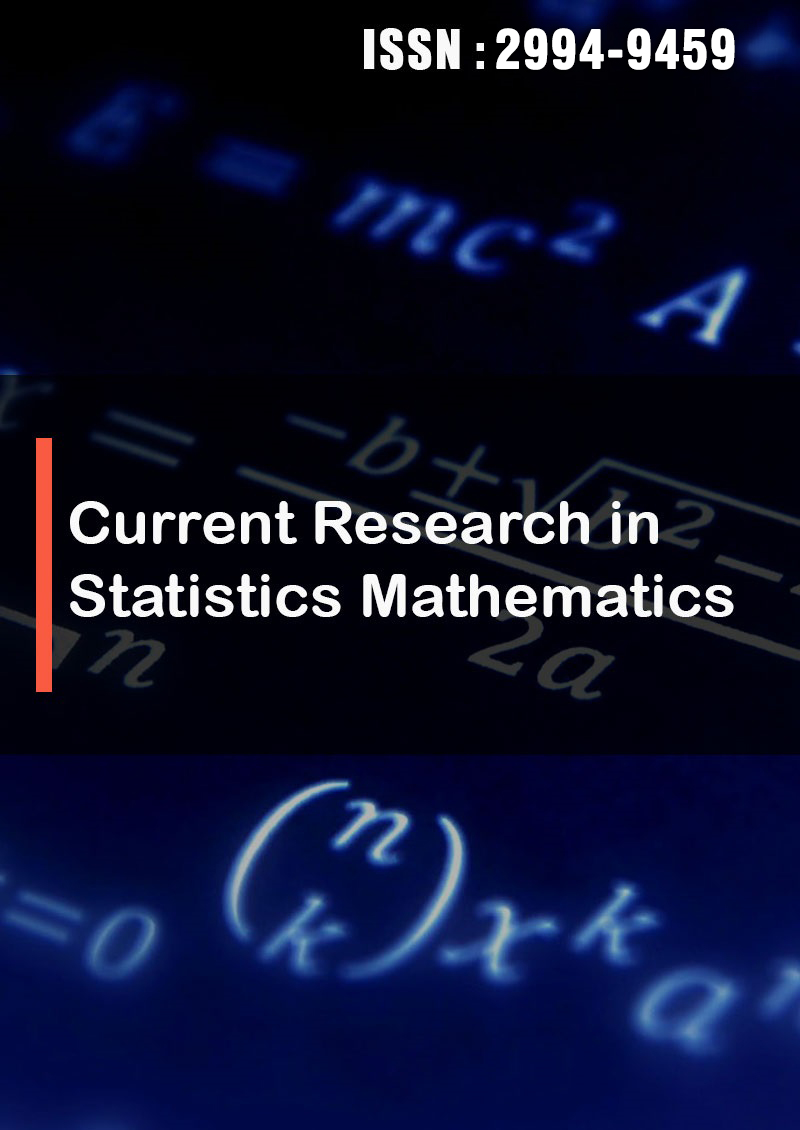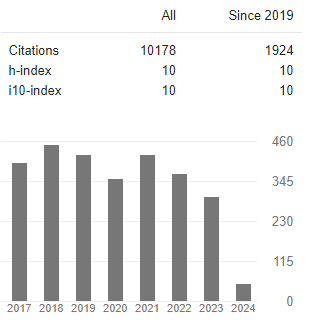Gravity Model Applied in External Trade between Angola and SADC
Abstract
Nerhum Laurindo Sandambi
The paper analyses foreign trade between Angola and SADC in the period 20002013. The main objective is to analyse the factors that influence foreign trade and, above all, to understand the main implications of this. A static gravity model was estimated using fixed effects (FE), random effects (RE) and ordinary least squares (OLS) models. Thus, the following results were obtained; the economic distance in the model is relevant and explains the foreign trade flows, with an impact of 0.978% on the volume of trade traded, the physical distance shows, however, a positive impact, it is plausible and justified by the reduced physical distance between Angola and the SADC member countries, "coeteris paribus". Trade Policy, through the Tariff variable, the results suggest an impact of 0.366% on the trade volume traded with member countries, keeping everything else constant, the FRONT dummy variable is relevant and explains the trade volume, being the trade made with the countries with which Angola shares the border, the impact is significantly higher, intuitively, the lower the costs related to the factors of attraction in the economy tend to be. Thus, the real effective exchange rate variable shows a negative impact, which translates into a decrease in trade volume, the impact may be related to volatility in the foreign exchange market.





